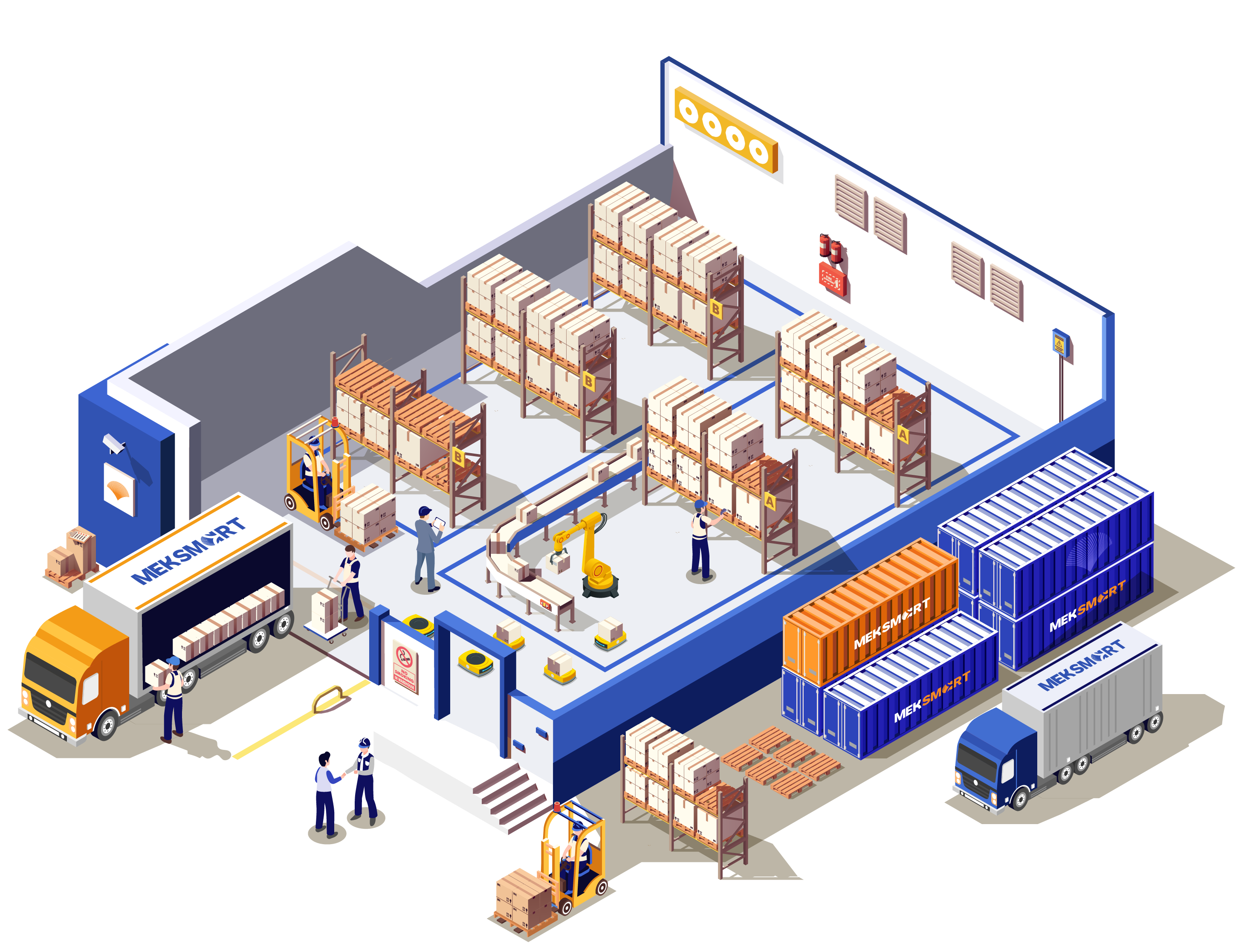MEKSMART
GENERAL NEWS
Author: TIÊN HUỲNH
Update: 23/09/2022
RFID APPLICATION IN TEXTILE AND CLOTHING INDUSTRY

When it comes to the industry of textile and clothing, the radio frequency identification (RFID), one of the most potential technological innovations, is widely used in inventory control, manufacturing, distribution, warehousing, logistics, supply chain management and automatic object tracking.
Numerous manufacturers and retailers of textile and clothing like Tesco, Benetten, Prada, P&G, Walmart, etc, are conducting this technology and exploring its impact on the business.
As a result, RFID helps improve the promising benefits of the supply chain management thanks to the decline in inventory losses, the improvement of process speed, efficiency, and information accuracy.
MEKSMART has researched and withdrawn some key takeaways of RFID application in the fashion industry for your consideration. Follow us to find out more.
What is RFID?
Radio frequency identification (RFID) refers to the automatic identification technology, including various components like tags, edge serves, tag readers, application software and middleware.
Among these important components are RFID reader or interrogator or transceiver, RFID tags and the data processing software. The RFID tag is a tiny object that you can embed or attach into another thing like person, animal, and product.
It has a chip housing the data and an antenna to allow it to get and respond to the queries from the RFID transceiver. The tag contains the product-related data such as the brand name, batches, and the year of manufacturing, etc.
There are four frequency bands for the tag widely in use, including microwave tags, UHF tags, high frequency tags and low frequency tags. These tags could be passive, semi-passive or active.
Numerous RFID applications regarding the band of frequency are stated as follows:
RFID Applications in Fashion Industry
The technology of RFID is widely used in the textile and clothing industry for manufacturing, inventory management, warehousing, logistics, supply chain management, etc.
For instance, the different pattern pieces and finished garments are likely to be traced and it is possible to monitor the production process. You might not know this but, the fabrics lots can be easily traced in process and weaving.
Simultaneously, the yarns and the bales of cotton can also be traced effortlessly in spinning mills. The mixture of various yearn lots causing a big problem in the spinning mills can be eliminated.
Various problems in the fashion industry could be erased by setting up the RFID in the processes related in the supply chain. There are four sections in the fashion industry, including manufacturing, distribution, retailing, and overseas transportation.
RFID is applicable in manufacturing to avoid the situation of mixing of products and components or different accessories. In distribution, the RFID is able to handle the problem of tracking and sorting the products rapidly, thus lowering the lead time.
For most retailers, the space is definitely a constraint needed to be utilized efficiently. In that case, RFID helps manage the inventory to seek the items correctly and quickly.
Lastly, this technology is able to trace or track the consignment in the pre- or post-Free on Board in overseas transportation.
Wrapping Up
Above are some useful information about the RFID application in the textile and clothing industry. RFID has widely been used in this industry thanks to its benefits in inventory control, supply chain management, warehousing, logistics, etc.
To avoid losses due to the loosen management of inventory, it is better to introduce RFID technology in the process.







